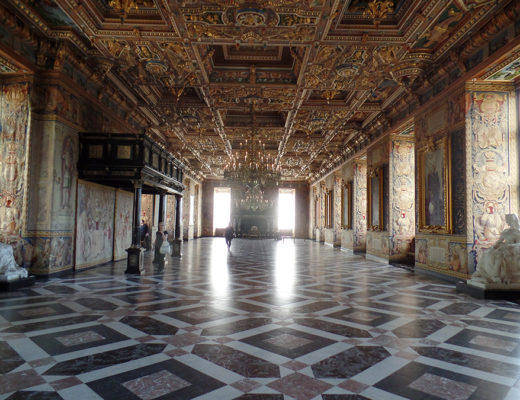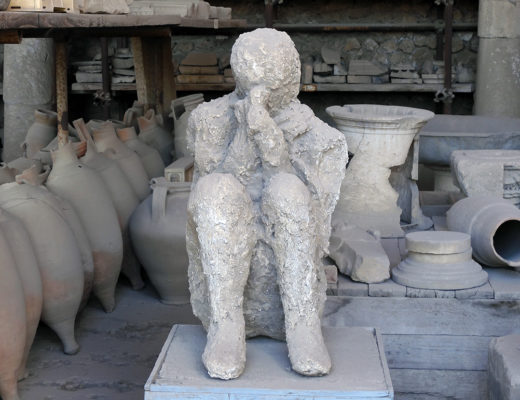We had last been in Barcelona fifteen years ago. Oh, what a difference time makes. In that short time one of the key attractions in the city has transformed. We decided to make our first full day a Gaudi day. Antonin Gaudi is the legendary architect who transformed this city a century ago, and whose disciples are finishing his master work: Sagrada Familia. This landmark basilica was first conceived in 1866, but the cornerstone was not laid until 1882. Gaudi was not the lead architect, but an associate, who took over the entire project a few years later. When we last visited, the facades were in place, but the interior columns and towers were still under construction. It was evident that the naturalistic structure would be revolutionary, but we could not see what the final product would be. Today it is possible to see this amazing cathedral will be the standard against which all others will be measured.
Sagrada Familia oldest façade
Gueill Park landscape feature (by Gaudi)
Casa Batllo attic backbone (fishlike)
We also spent time at Parc Guell (pronounced Guay). This park was designed and construction supervised by Gaudi. It opened in 1923, before his death. His home is in the park, and it is now a museum to the famed architect. The park reflects Gaudi’s conceptions of a naturalistic environment reinforced with structural elements including several buildings which now require a ticket to be purchased in advance to view. We did not want to come back at 5:00 for this tour as we were to be at Sagrada Familia at 4:00 and wanted to spend as much time there as possible.
The Park has very interesting structures, throughout that blend into the landscape, augmenting it in unexpected ways. We got our share of exercise, although a word of caution. If you are someone who may need to use a bathroom while at the park, do not believe the signs. They do not lead you to your destination. So the earlier you break down and ask someone, the more comfortable your time in the park will be.
Gueill Park Exit house (Gaudi Architecture)
We concluded our first day attending a Flamenco show. Several can be found both on the main street (La Rambla) and in the Placa Reial, a square with restaurants all around (La Taranto 17 Placa Reial – shows nightly). Our show was only a half hour, but the dancing was vigorous, the women’ costumes exotic and the music well performed by a guitarist, a drummer and two singers who clapped in perfect rhythm to the other musicians and performers. It was a well spent half hour, providing insight into an important aspect of Spanish culture.
On the second day of our visit we spent two and a half hours including transport getting to and from the train station ( see separate blog: Urban Explorations: The Trains in Spain – Read This First) and then had a taxi drop us at the Picasso Museum. We had visited this museum on our last visit and chose not to do so again with such limited time in town. It is a convenient landmark in the Barri Gotic district, which is the oldest section of the city and a warren of narrow streets with a maze of shops and restaurants to satisfy your every whim. I highly recommend this area for wandering at least for a few hours. It is close by La Rambla, the main concourse through the heart of the city where everyone goes to see and be seen. We walked down La Rambla to the harbor, but having visited here before just got a final view of the Med before we turned north and walked La Rambla all the way up to the Diagonal, the main street that cuts across the city. Our hotel was on this street but on the other side of the city. A block east and one block south we found our destination: A Lladros store that is owned by the factory. It had a much more extensive offering than the other Lladros store we found down near the harbor. They also offered to file the VAT exemptions and ship the figurines back to the US. The shipping costs were less than the VAT exemption so we paid less than the advertised prices. The shipping time was expected to be about five days to the US.
We then took a cab back to our hotel where we met up with the rest of our party and took the recommendation of the hotel staff for dinner. The next morning, after a short 25 minute taxi ride to Estacio Sant, we caught our train to our next stop: Madrid.





No Comments